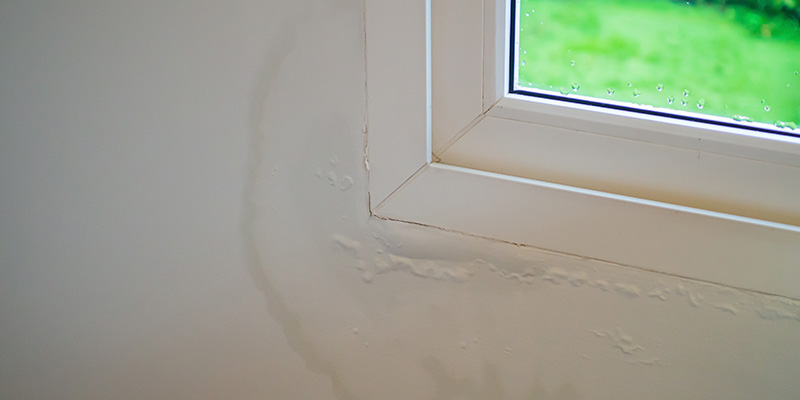
What is the Difference Between Condensation and Dampness?
If your home is not well-insulated, or if it is subject to wet conditions, then you may be at great risk of many problems, such as condensation and dampness. If you do have damp in your property, then some common issues extend beyond the structure of your home but to having negative affects on your health. Dampness can commonly cause allergic reactions and the mould that grows on top of it can pollute the air you breathe.
If you have damp structures in your property, it may be beneficial to know the type that you have (yes there are different types), in fact there are 3 types of damp issues.
- Condensation
- Rising Damp
- Penetrating Damp
It can be helpful for yourselves and your insulator to know what type of damp issue you have, in order to provide the best solution. Therefore, this article will explain each type in hope that it can help you determine what type of condensation or damp problem you have.
Condensation
Probably the most common type of dampness, condensation is caused by “wet air” usually as moisture builds up in certain rooms, for example, in your bathroom or kitchen. This is especially prominent in the colder winter months due to the major differences in temperature from outside to inside a property. Additionally, with the use of heating on and off throughout the day.
Additionally, poor ventilation in a home can cause a build-up of condensation, especially if a home has been insulated in many different areas, you need to make sure you have sufficient ventilation to reduce the potential of condensation forming.
How can you Correctly Identify Condensation?
Now you are aware of how condensation is caused, there are certain factors to look out for that will help you determine the type of dampness, in this case, if it is condensation.
Some primary factors to look out for are either droplets on windows and walls, dark mould and/or a bad odour in the air.
What are the Effects of Condensation?
Depending on the material affected, there can be a series of negative implications on your home. For example, on wooden structures, they eventually start to decay, on plaster or paint, this material will begin to strip away.
If you start to see the signs and effects of condensation, we recommend consulting a professional immediately in order to avoid any major and costly problems.
Rising Damp
This type of damp issue is notable when water rises through your floors or walls and can be a very serious issue, typically present in older homes that were not built with a damp proof course. Due to updated building regulations, newer builds will have a damp proof course, which protects floors and walls against ground water.
How to Correctly Identify Rising Damp?
While this only happens at a ground level, you can identify it by wallpaper and/or paint peeling, plastering flaking away or skirting board damage. Another sign can be a mark or a white-powder-like substance forming as a result of salt dissolving from building materials due to water damage. This salt then crystallises, creating the powder substance. You may also notice flooring issues, for example, your covering may start to rise, or you see damp patches.
Penetrating Damp
Penetrating damp is the last form of dampness we will be covering. Slightly different to rising damp, penetrating damp is when water travels horizontally, causing water to leak into your property’s walls.
This type of dampness is typically due to structural issues with a property, for example, a damaged roof, cracked walls or guttering issues. Additionally, an external leak, which could involve pipework, could causing penetrating dampness. If this form of damp is left unchecked, then your home could experience nasty and costly damages.
How can you Correctly Identify Penetrating Damp?
Due to the horizontal movement of this type of damp, you will notice effects on your walls, typically damp patches that gradually become darker when it rains. If you have plastering, this can start to bubble and split.
Unlike rising damp, penetrating damp can happen at any heights as water is moving horizontally instead of vertically from the ground up.
Insulated cavity walls offer a solution to preventing penetrating damp due to the extra insulation and protection, therefore, if your home has solid walls, this is more likely to occur.


